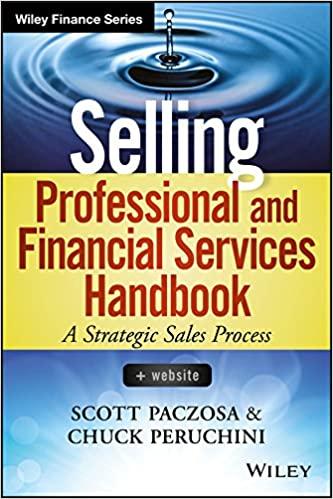A pension fund manager is considering three mutual funds. The first is a stock fund, the second is a long term government and corporate bond fund, and the third is a T-bill money market fund that yields a sure rate of 5.3%. The probability distributions of the risky funds are: Expected Return Standard Deviation 43% Stock fund (S) Bond Fund (B) 375 The correlation between the fund returns is .0459 Suppose now that your portfolio must yield an expected return of 12% and be efficient, that is, on the best feasible CAL. a. What is the standard deviation of your portfolio? (Do not round Intermediate calculations. Round your answer to 2 decimal places.) Standard deviation b-1. What is the proportion invested in the T-bill fund? (Do not round Intermediate calculations. Round your answer to 2 decimal places.) Proportion invested in the T-billfund % b-2. What is the proportion invested in each of the two risky funds? (Do not round Intermediate calculations, Round your answers to A pension fund manager is considering three mutual funds. The first is a stock fund, the second is a long term government and corporate bond fund, and the third is a T-bill money market fund that yields a sure rate of 5.3%. The probability distributions of the risky funds are: Expected Return Standard Deviation 43% Stock fund (S) Bond Fund (B) 375 The correlation between the fund returns is .0459 Suppose now that your portfolio must yield an expected return of 12% and be efficient, that is, on the best feasible CAL. a. What is the standard deviation of your portfolio? (Do not round Intermediate calculations. Round your answer to 2 decimal places.) Standard deviation b-1. What is the proportion invested in the T-bill fund? (Do not round Intermediate calculations. Round your answer to 2 decimal places.) Proportion invested in the T-billfund % b-2. What is the proportion invested in each of the two risky funds? (Do not round Intermediate calculations, Round your answers to







